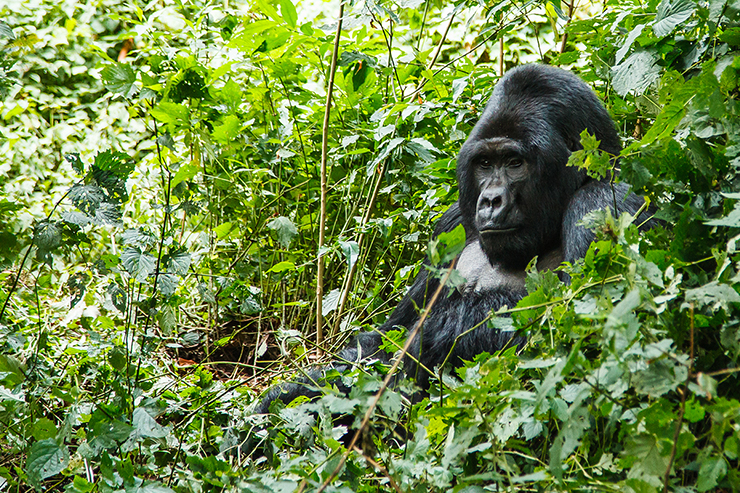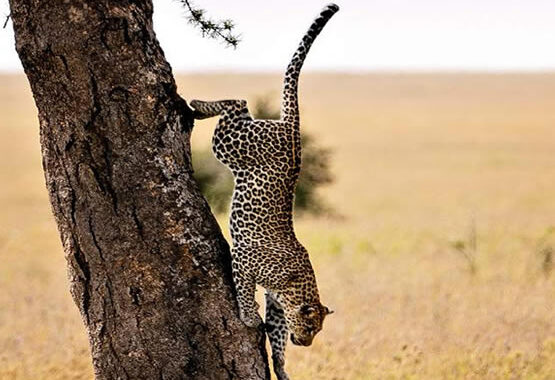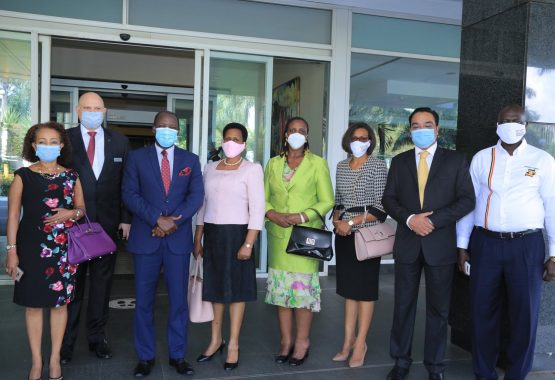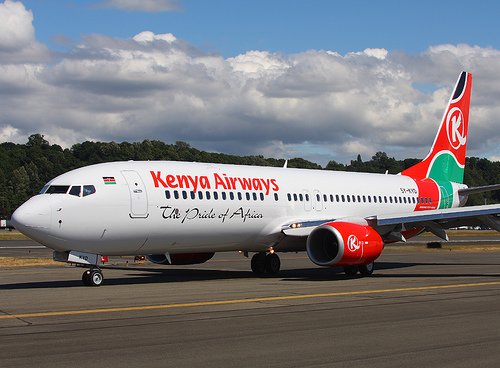Officially, Uganda’s dry seasons are from December/January through to mid March and from June through to mid-September. These dry months are the most popular with tourists, with July and August and Christmas and New Year being the peak seasons.
Most rain falls in October-November and April-May. However, this doesn’t mean that it rains all day, nor does it mean it will rain every day. Usually there’s a tropical shower at night or a shorter shower during the day, but in Uganda you can trust that after rain comes sunshine!

The weather is no reason to avoid travelling in the wet season – you might even consider it because of the easy availability of gorilla permits.
As in the rest of the world, the East African climate is changing, making it more difficult for us to predict the weather during your safari. However, in Uganda the temperature is very stable and pleasant, with sunshine almost 365 days a year. During the day, the temperature averages between 23 and 27°C, although in some places it can be quite cool at night.
One remarkable aspect about Uganda safaris is: whether you travel in the dry, dusty months or in the wet season, you will never find the crowded tourism like in Kenya or Tanzania. If you spot a lion or leopard, it is very likely that you will be the only one to see it – even in peak season!






